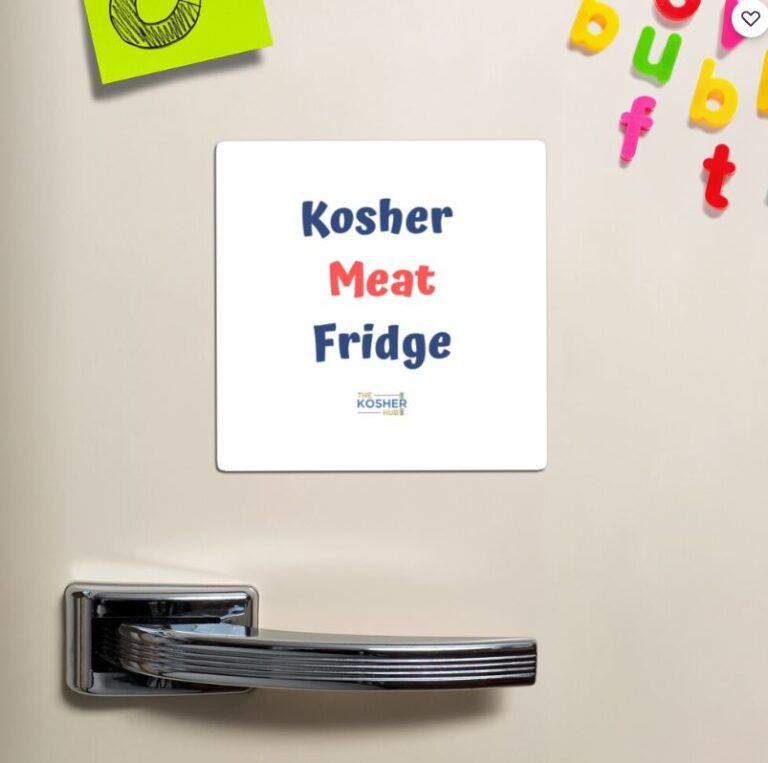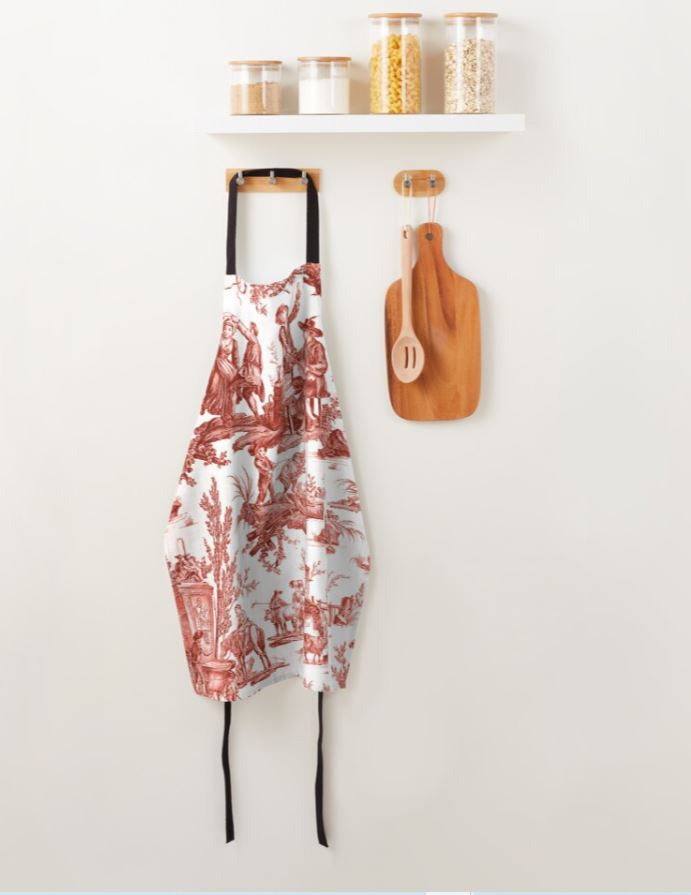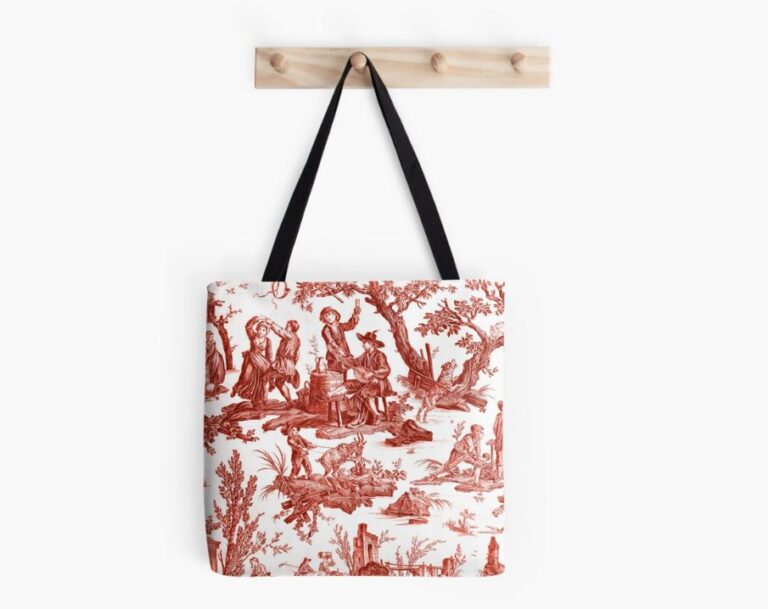The Kosher Kitchen in a nutshell
A kosher kitchen is a kitchen that follows Jewish dietary laws, which are known as Kashrut. There are three main categories of food – meat, dairy, and parve.
Parve food is neutral and can be eaten with either meat or dairy. Meat and dairy, however, cannot be mixed. There also needs to be a separation of utensils for cooking and serving each type of food.
In addition, there are certain types of food that are forbidden – such as pork and shellfish.
Keeping a kosher kitchen requires some planning and effort, and requires a true commitment Below, we’ll go over some of the basics of Kashrut and what you do to keep a kosher kitchen.
1) Kosher Meat
Kosher Meat
Meat which also includes poultry also cannot be eaten with milk products – such as cheese or sour cream. You can’t eat meat and dairy together, and you must wait around six hours after eating meat before consuming any dairy products.
One of the most important things to know about keeping a kosher kitchen is that because meat and dairy cannot be mixed there must be separate utensils for cooking and serving each type of food.
In addition, meat and dairy must be stored in separate areas of the kitchen. For most households meat is stored in a different section of the fridge than dairy products but some people have a whole fridge dedicated to meat to ensure it is kept separate.
All meat must be Kosher – which means that it has been slaughtered in accordance with Jewish law. Kosher slaughterhouses will have a Rabbi on staff to oversee the slaughtering process and make sure that it is done in accordance with Kashrut.
2) Kosher Dairy
As mentioned above dairy food must be separated from meat and not eaten together
One of the most well-known aspects of Kashrut is the separation of meat and dairy.
This separation is based on the verse in the Torah that says, “You shall not boil a kid in its mother’s milk” (Exodus 23:19). In addition to cooking meat and dairy together, they also cannot be eaten together; for example, you would never eat a steak with cheese sauce on top.
There are two reasons for this separation. First, it is considered disrespectful to mix meat and dairy because it goes against the natural order (i.e., cows produce milk to feed their calves, not humans). Second, there is a belief that meat and dairy digest differently and can cause indigestion when eaten together. For this reason, someone who keeps kosher will usually wait a few hours after eating milk or dairy products before consuming meat products to allow it to digest.
4) Kosher Utensils
Tevelah – Immersing Vessels in Water or “Kashering”
In addition to separating different types of food, keeping a kosher kitchen requires kashering of the utensils used for the production and consumption of the food.
This requires immersion in water (called tevilah) for vessels used in cooking or serving food – such as pots, pans, dishes, silverware, etc.—as well as for dishes used only for meat or dishes used only for dairy. There are different rules for immersion depending on what the vessel is made of metal,glass, ceramic, or earthenware. For example, chinaware or ceramic doesn’t require “tevilah” The purpose of this immersion is twofold: to cleanse the vessel (much like disinfecting it with soap and water) and also to sanctify it. This sanctification is based on the verse in Num 31:23 which describes how the vessels the Jews captured from teh Midianites had to be purified in the ritual waters.
The blessing recited goes like this:
“Blessed are You, Lord our God, Ruler of the Universe, Who has sanctified us with His commandments and commanded us on the immersion of vessels”
4) Kosher Kitchen
Keeping a kosher kitchen requires some planning and effort, and most non Orthodox Jews vary in strictness. Some Jewish may have separate utensils while others may simply just keep kosher by not eating food such as pork that is prohibited.
Getting advice from a Rabbi to become fully compliant with Kashrut and keeping the kitchen kosher within the Jewish dietary laws is recommended.
The Kosher Hub have a beautiful range of Toile de Jouy designs in Red Green and Blue to make separation of kosher food easy and shopping enjoyable.
5) Kosher Shopping
When buying kosher food, it’s important to look for kosher symbols on the packaging. These symbols are usually located on the front or back of the package near the expiration date. The most common kosher symbols are the letter “U” inside a circle (indicating that the product is under rabbinical supervision) or the letter “K” inside a circle (indicating that the product is certified Kosher). There are also Kosher symbols that indicate whether a product is dairy-free, meat-free, or both.
Kosher shopping can be a bit tricky depending on where you live. Many supermarkets in the main US cities now have kosher sections, but there are also a lot of food in the main supermarkets not just specialty stores that sell kosher food.
You will need to familiarize yourself with the different kosher symbols. These symbols indicate whether or not a product is kosher, and they can vary depending on the type of food. For example, meat and dairy products require different symbols.
(Consult a Rabbi and local Kashrut authority for further details. The Kosher Hub is not and does not claim to be an authority)










